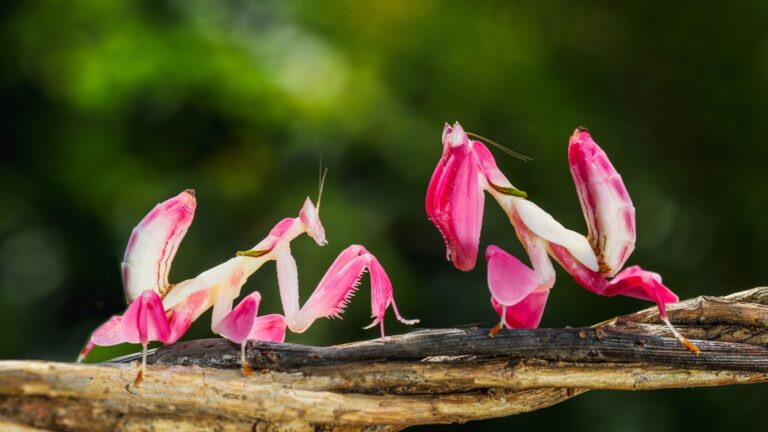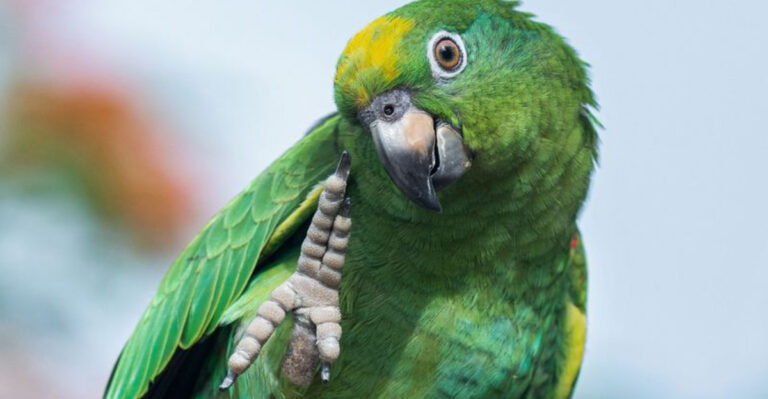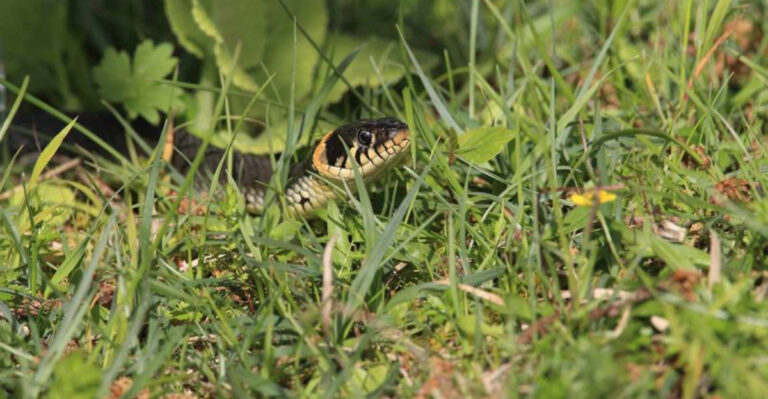Great Eared Nightjar: The Mythical Dragon Bird Of The Night
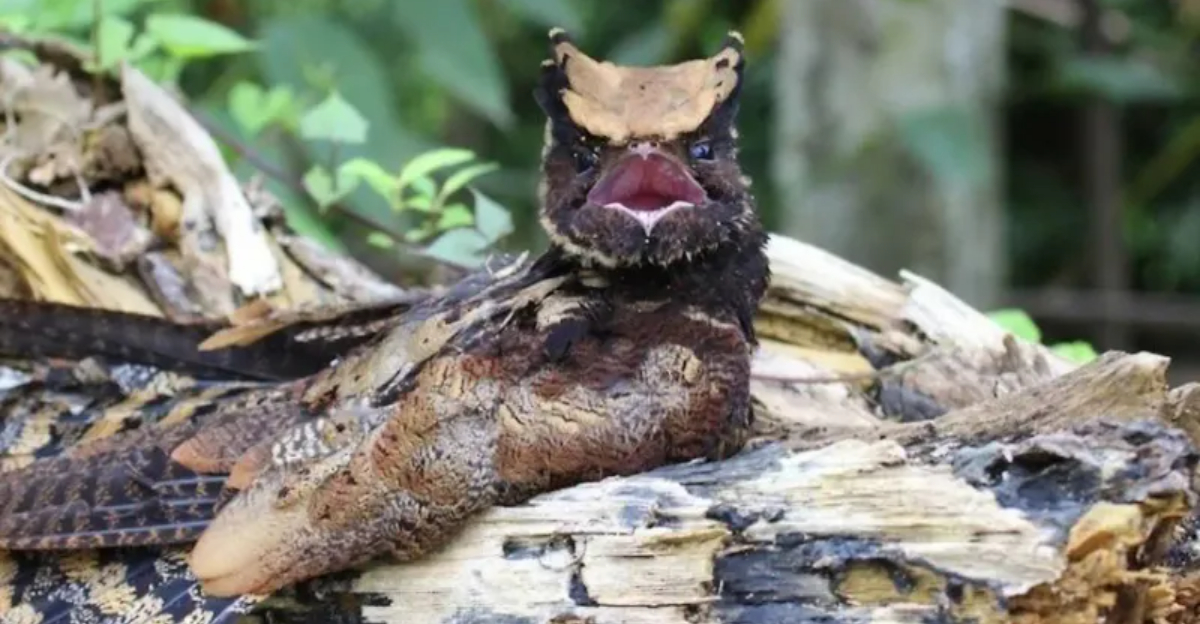
Deep in the forests of South and Southeast Asia, a mysterious bird soars through the darkness. The Great Eared Nightjar, with its dragon-like appearance and haunting calls, has earned the nickname “Dragon Bird of the Night.”
This elusive creature has fascinated both wildlife enthusiasts and local communities, weaving its way into folklore while remaining one of nature’s most captivating nocturnal hunters.
1. The Great Eared Nightjar’s Dragon-Like Appearance
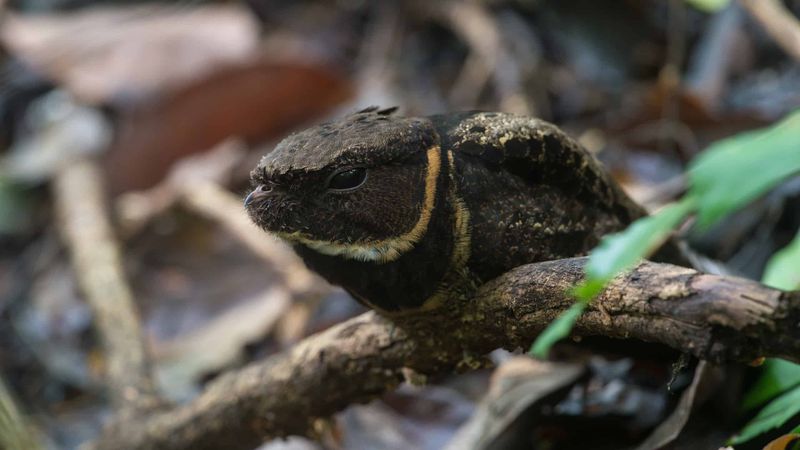
Perched atop this nightjar’s head are distinctive feather tufts resembling dragon ears, creating an otherworldly silhouette against the night sky.
These prominent ‘horns’ aren’t actually ears but specialized feathers that enhance its mystical appearance. When combined with its wide mouth and large eyes, the bird truly embodies its dragon-inspired nickname.
2. How The Great Eared Nightjar Hunts At Night
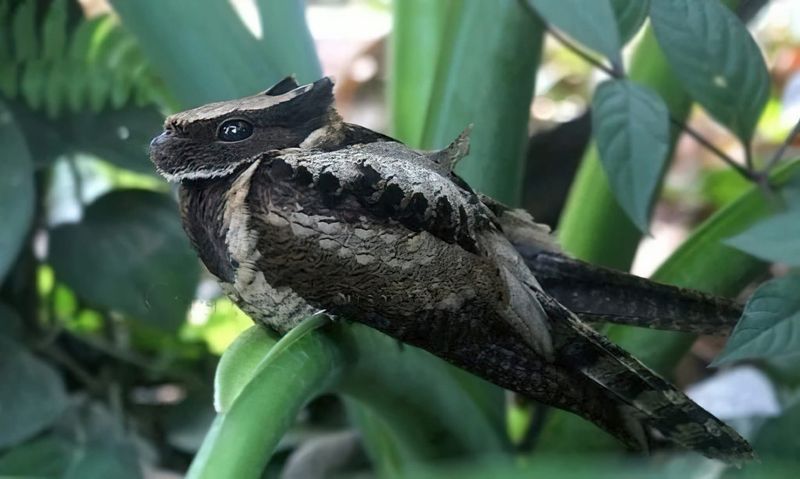
Under moonlit skies, these skilled hunters launch into action with wide-open mouths, scooping up moths and beetles mid-flight. Their jaw structure allows their mouths to open remarkably wide, creating a natural insect net.
Flying low with erratic swoops and turns, they navigate the darkness with precision that would make fighter pilots jealous.
3. The Role Of Camouflage
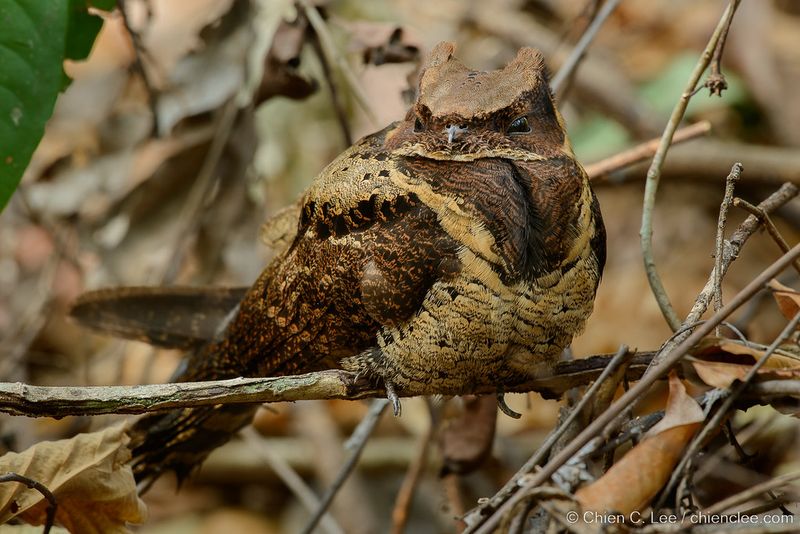
Mother Nature blessed this nightjar with cryptic plumage that transforms it into a living piece of tree bark or forest floor when resting. Mottled browns, grays, and blacks create a perfect disguise against predators.
So effective is this camouflage that researchers often walk within inches of resting birds without spotting them!
4. Why It Is Called The ‘Dragon Bird Of The Night’
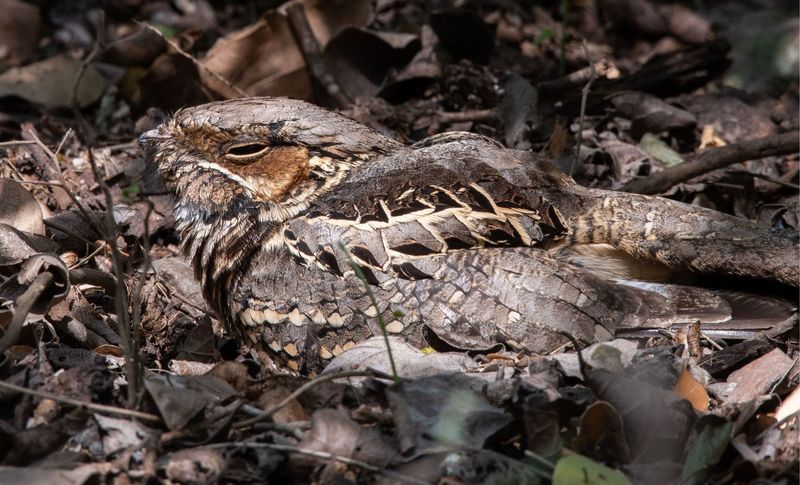
Ancient villagers across Southeast Asia first named this creature after hearing its chilling calls echo through mountain valleys. The combination of its ear tufts and haunting voice sparked tales of small dragons haunting the night.
In some regions, elders still tell children that its call marks the boundary between our world and the spirit realm.
5. Silent Flight
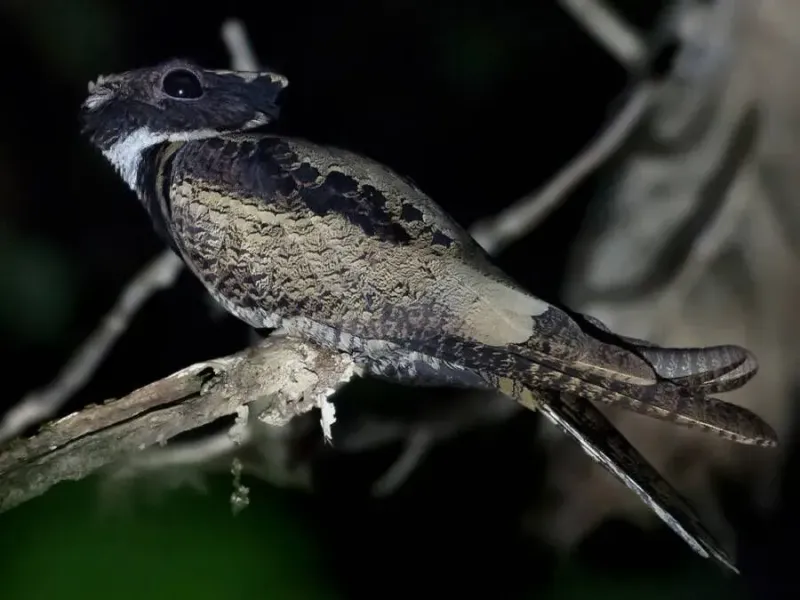
Feather edges frayed like the hem of a worn blanket allow this nightjar to slice through air without making a sound. Unlike most birds whose wings create distinctive whooshing noises, these specialized feathers eliminate turbulence.
This evolutionary marvel grants them stealth mode when hunting, letting them sneak up on insect prey without alerting them.
6. Ground-Nesting And The Survival Strategies

No elaborate nests for these birds! Female nightjars lay eggs directly on forest floors, often choosing spots near fallen logs or between tree roots. Their eggs’ speckled patterns blend perfectly with leaf litter.
Both parents share incubation duties, with males typically guarding during daylight hours while females take the night shift.
7. The Mysterious Calls Of The Great Eared Nightjar

Imagine walking through a forest at midnight when suddenly a sound like “whooooop-whoop-whoop” pierces the darkness. Males produce this eerie call during breeding season to attract mates and establish territory.
Some local legends claim these calls guide lost spirits back to their ancestral homes. The sound carries remarkably far through still night air.
8. The Migratory Habits
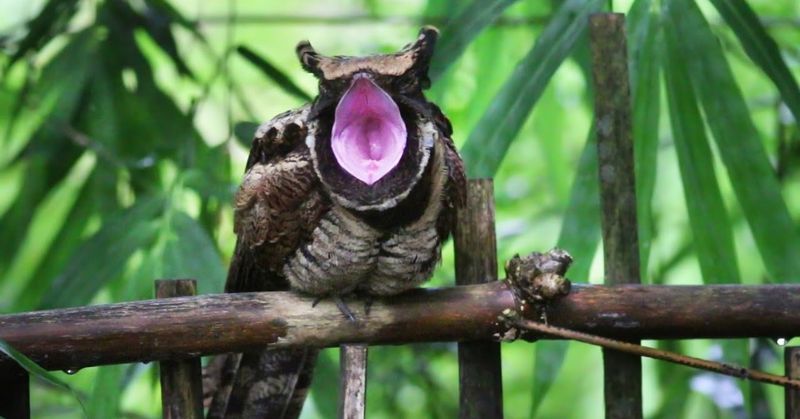
Northern populations embark on impressive journeys each year, flying hundreds of miles to escape harsh winters. Using stars and landmarks for navigation, these birds follow ancient routes passed down through generations.
Tracking studies have revealed some individuals travel over 600 miles between summer breeding grounds and winter territories, an impressive feat for a medium-sized bird.
9. How The Great Eared Nightjar Contributes To Ecosystem Balance
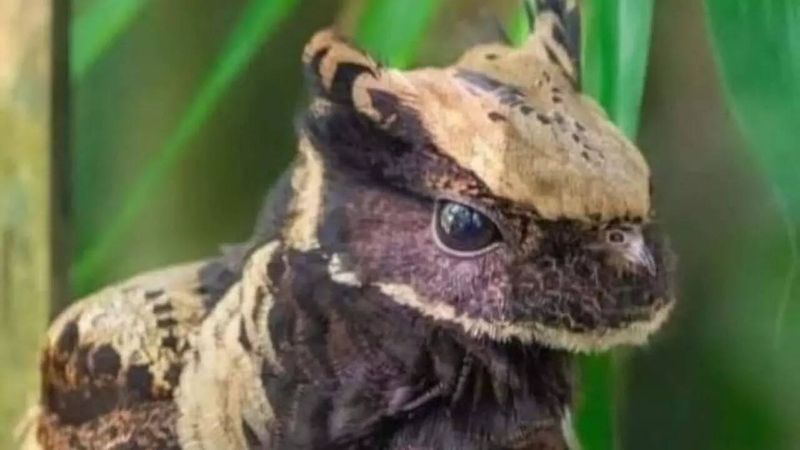
Each nightjar consumes thousands of insects nightly, providing natural pest control throughout their range. Their preference for moths helps regulate populations that might otherwise damage forest vegetation.
Scientists estimate a single bird can devour over 500 mosquitoes in one hour! This makes them unsung heroes in controlling disease vectors and agricultural pests alike.
10. The Great Eared Nightjar’s Vulnerability To Habitat Loss
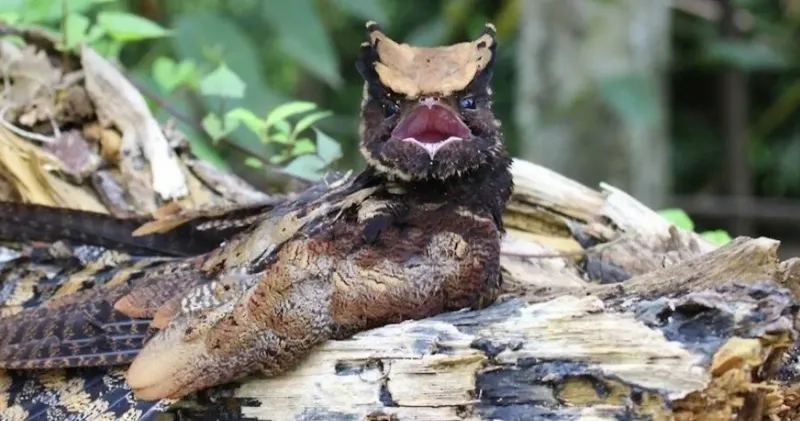
Deforestation across Southeast Asia threatens these birds as ancient forests fall to agriculture and development. Their specialized nesting requirements make them particularly sensitive to habitat changes.
Conservation efforts focus on preserving remaining forest corridors. Some communities have established nightjar-watching ecotourism, creating economic incentives to protect the forests these mysterious birds call home.
11. The Fascinating Flight Patterns
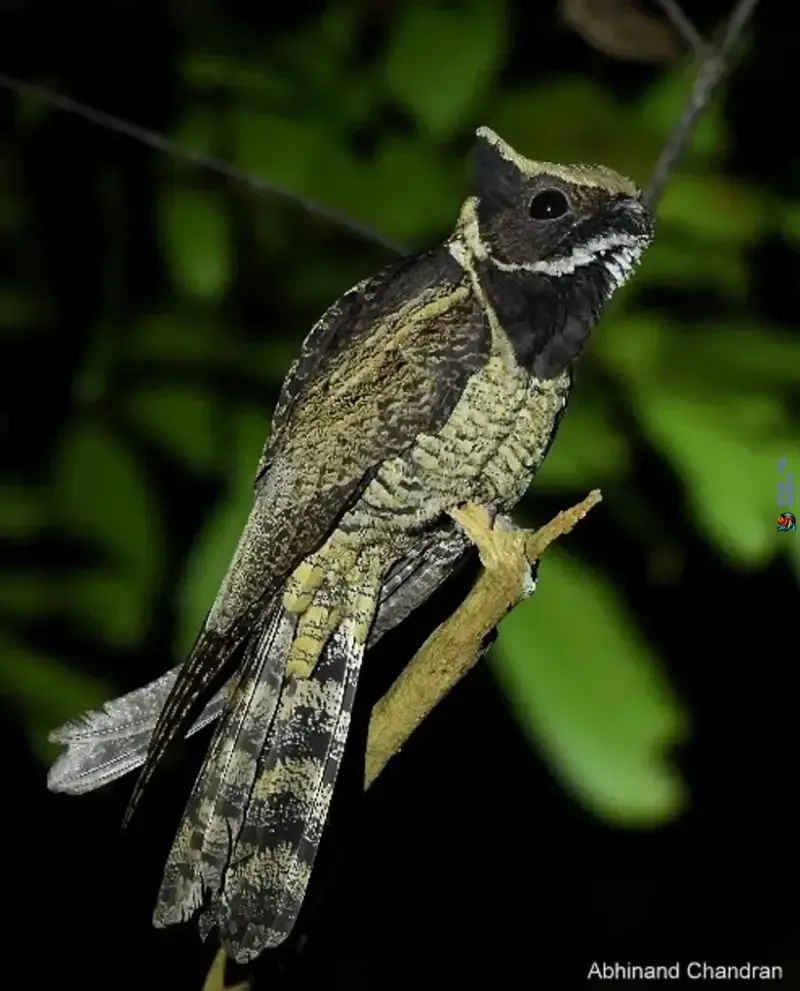
Watching a Great Eared Nightjar hunt resembles a fighter jet performing aerial acrobatics. They can stop mid-air, hover momentarily, then change direction with impossible sharpness.
Their long, pointed wings allow for incredible maneuverability while large tail feathers act as rudders. Unlike the straight flight paths of most birds, nightjars zigzag unpredictably, making them mesmerizing to observe.
12. The Myth And Reality Of The Great Eared Nightjar
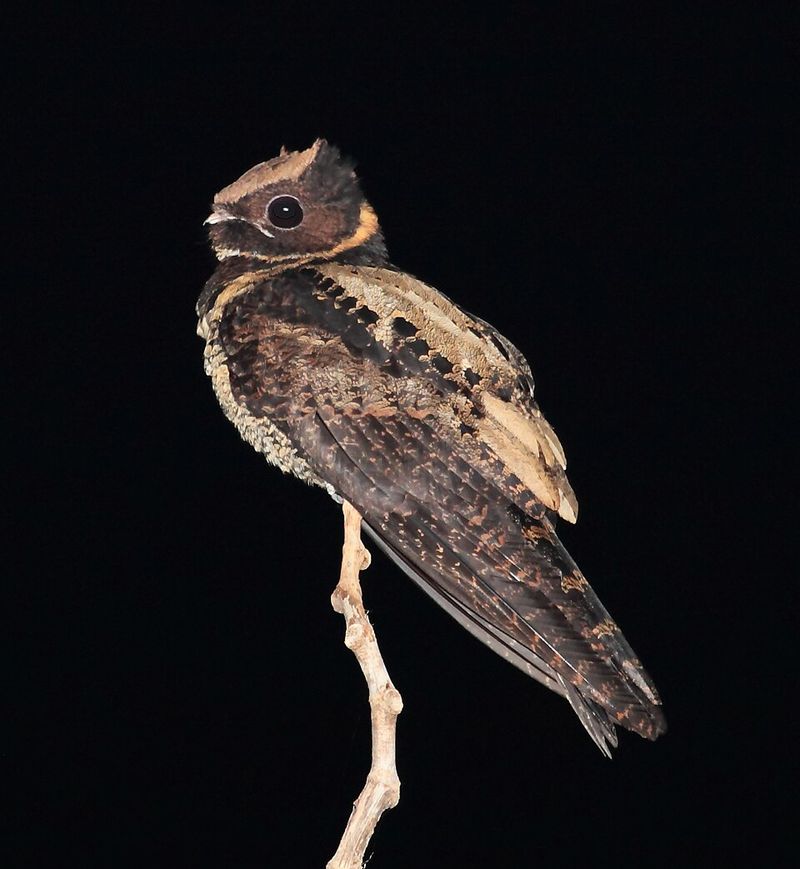
Farmers in rural Thailand once believed these birds were souls of ancestors watching over their lands. Scientific reality proves equally fascinating—their eyes contain specialized cells that allow them to see in near-total darkness.
Their ability to navigate by starlight and catch insects in pitch blackness seems almost supernatural, giving credence to the mythical status they’ve earned.

